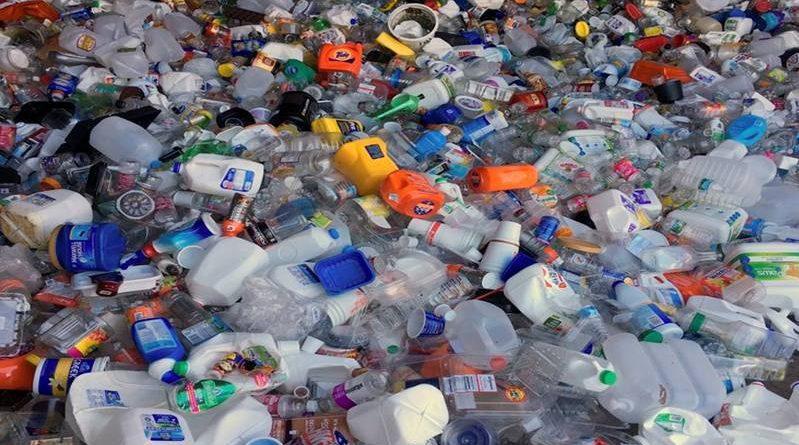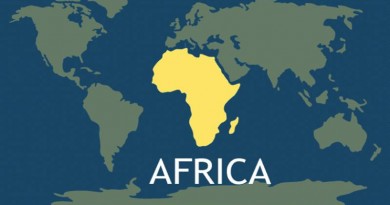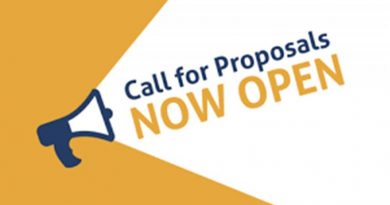Turning the tide on plastic pollution through regional collaboration
Countries are using innovative methods to measure and monitor plastics leakage on land and into rivers and regional seas. Globally successful examples of market-based instruments and legislation are also being tried out. ASEAN members are looking for guidance and best practices to enable customization.
Heralded as a miracle material in the mid-20th century, plastics now touch every aspect of daily life worldwide. But the explosion of plastic waste poses significant threats – and associated costs – for public health, livelihoods and the environment.
Southeast Asia has emerged as a hot spot for plastic pollution, with its rapid urbanization, rising middle class and inadequate infrastructure for waste management. Half of the top 10 countries contributing to plastic leakage to rivers and seas are located here. And COVID-19 has been a pandemic of plastic, triggering huge increases in the consumption of masks, sanitizer bottles, online delivery packaging and other single-use items.
The plastics economy is generally a cycle of take, make and waste.
This means an estimated 95 per cent of plastic packaging’s value – US$80 billion (S$112 billion) to US$120 billion a year – is lost to the economy as items are thrown away. In Malaysia, the Philippines and Thailand, more than 75 per cent of the material value of recyclable plastic is lost – the equivalent of US$6 billion a year – when single-use plastic is discarded rather than recovered and recycled, according to studies by the World Bank Group.
But with shared rivers and coastlines as well as regional markets for plastic products and plastic waste, countries cannot tackle this challenge alone. Solutions need to cross borders.
Recognizing the transboundary nature of marine plastics, ASEAN released the Bangkok Declaration on Combating Marine Plastics in 2019.
Two years later, an ASEAN Regional Action Plan spelt out 14 priority actions for member states. And last month, the World Bank approved a US$20 million grant to support these actions, which include strengthening and harmonizing policies that govern the production and use of plastics across the region.
Countries are using innovative methods to measure and monitor plastics leakage on land and into rivers and regional seas – these range from drone monitoring in Cambodia to baseline assessments of the discharge of plastics in Indonesia.
ASEAN member states are looking for guidance and best practices to enable customization.
The private sector is increasingly helping to drive solutions.
Policies such as extended producer responsibility are being explored across Southeast Asia, to help ensure that companies that put plastic products on the market are required to pay for their collection, sorting and recycling after use.
The relationship between plastics and society is evolving, with momentum focused on designing products to minimize waste, along with repurposing, reuse or recycling.
This requires innovation throughout the plastic value chain, from new alternative materials (such as seaweed-based products) and sustainable packaging (such as coconut husk to replace Styrofoam) to innovative technologies (such as filters for washing machines or riverine plastic capture) and new types of financing (such as blue financing instruments).
Through a regional innovation platform that the World Bank project is supporting, ASEAN member states will be able to share and replicate plastic innovations, as well as connect to a variety of financing sources.
From the private sector side, innovations often result from forward-looking policies.
But initiatives to move towards plastic-smart designs are sometimes thwarted by a confusing array of regulations, standards, certifications and labelling that vary across countries.
This should be accompanied by efforts to raise consumers’ awareness, so that they make conscious and sustainable choices about what they buy.
Because plastics are produced mainly from fossil fuels, the growing demand for them is also intensifying the climate crisis, both in their production and throughout the life cycle of plastic products.
If no action is taken, greenhouse gas emissions from the production, recycling and incineration of plastics could account for 19 per cent of the total allowable emissions under the Paris Agreement, which seeks to limit warming by 2040 to 1.5 Celsius degrees. Reducing plastics thus has a critical climate co-benefit.
We know what needs to be done. Recent reports find that industry and governments have the solutions today that would reduce annual plastic leakage into the ocean by about 80 per cent below projected levels by 2040.
But to be able to do its part, Southeast Asia needs stronger regulatory frameworks, more innovative business models and a wider array of funding mechanisms.
Although it has become a hot spot for mismanaged plastic waste, the region is resolving to turn the tide. With ASEAN’s leadership, and with national and local initiatives across countries and communities, Southeast Asia is moving towards sustainability by transforming the ways that plastics are produced and used. This blog post was originally published as an op-ed in The Straits Times on July 20, 2022.




